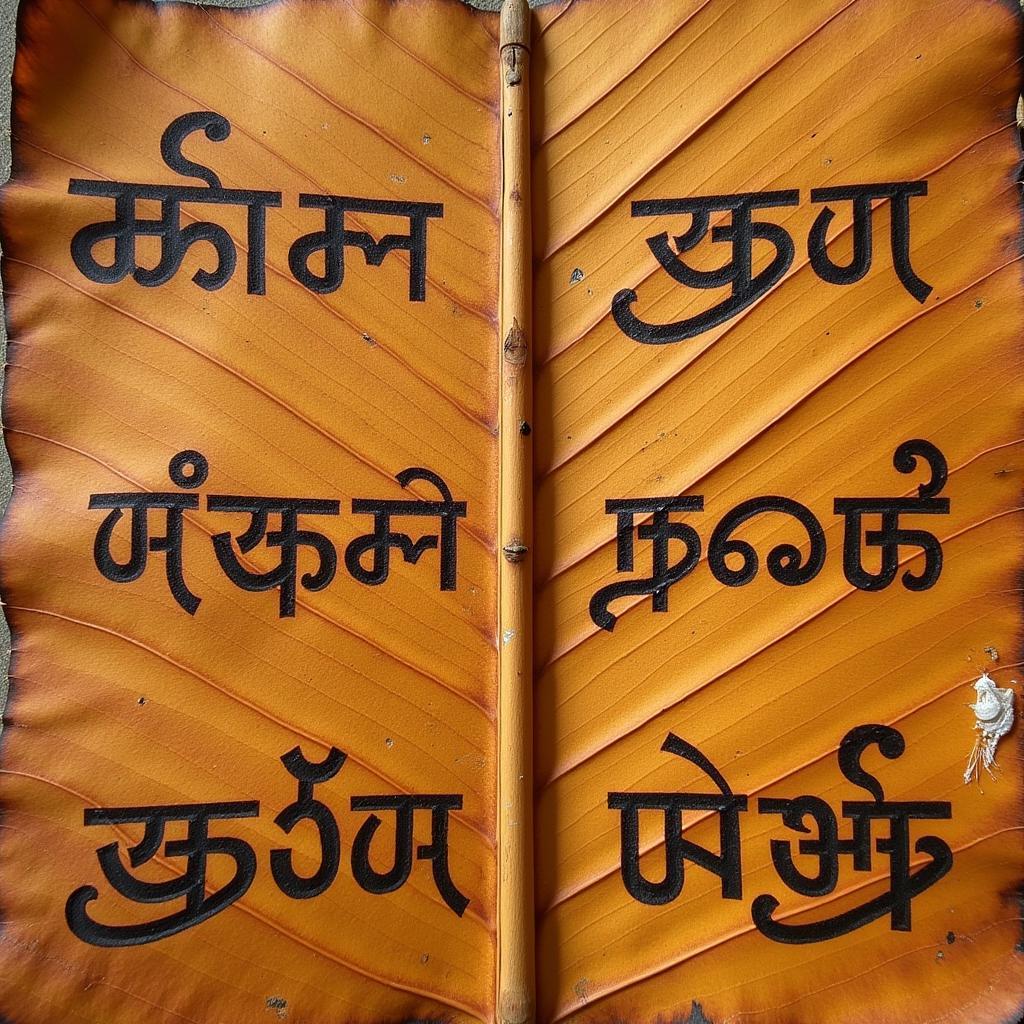Exploring the Vibrant World of African Clothing Patterns
African Clothing Patterns are a vibrant tapestry of cultural expression, reflecting the diverse traditions and rich history of the continent. From intricate geometric designs to bold symbolic motifs, these patterns tell stories, represent social status, and connect wearers to their heritage. Let’s delve into the fascinating world of African textiles and discover the meaning behind the mesmerizing array of patterns.
African clothing patterns are far more than just decoration; they are a language in themselves. They can represent clan affiliations, social status, spiritual beliefs, and even historical events. For example, the famous Kente cloth of Ghana, with its intricate geometric designs, is a royal and sacred cloth worn for special occasions. The different colors and patterns within Kente cloth hold specific meanings, conveying messages of power, wisdom, and unity. You can find resources online for free African clothing patterns if you are interested in learning more about designing your own clothes. Explore african clothing patterns free.
Unraveling the Symbolism in African Textile Designs
Many African textile patterns incorporate symbolic motifs drawn from nature, mythology, and everyday life. Animals, plants, celestial bodies, and abstract shapes are woven together to create narratives and convey cultural values. For example, the Adinkra symbols of the Akan people of Ghana represent concepts such as wisdom, courage, and leadership. These symbols are often incorporated into clothing, adding another layer of meaning to the garments.
What are some common symbols found in African clothing patterns?
Common symbols include animals like the leopard, representing power, and the crocodile, symbolizing adaptability. Geometric patterns, such as spirals and diamonds, often represent continuity and interconnectedness. The use of color also plays a significant role, with each color carrying its own symbolic weight. For instance, red might signify passion or power, while white can represent purity or peace.
A Journey Through Diverse Regional Styles
African clothing patterns vary significantly across different regions and ethnic groups, reflecting the continent’s incredible cultural diversity. From the elaborate beadwork of the Maasai people of East Africa to the vibrant indigo-dyed fabrics of West Africa, each region boasts its unique textile traditions. Learning more about african clothing styles patterns can deepen your understanding.
How do North African patterns differ from those in sub-Saharan Africa?
North African clothing patterns often feature intricate geometric designs and Islamic calligraphy, reflecting the region’s Arab and Berber influences. In contrast, sub-Saharan African textiles showcase a wider range of motifs, including animal prints, abstract shapes, and symbolic representations of cultural beliefs.
Professor Abimbola Adebayo, a renowned textile historian specializing in African art, notes, “African textiles are not simply garments; they are living narratives that embody the spirit and history of a people.” Her research highlights the importance of understanding the cultural context behind these patterns.
Dr. Chika Okeke-Agulu, an expert in African art history, adds, “The diversity of African clothing patterns reflects the continent’s rich tapestry of cultures and traditions. Each pattern tells a story, revealing the unique identity of its wearer.” These expert insights underscore the depth and significance of African textile designs. If you are looking for more information on African cultural symbols, a PDF resource might be helpful. You might find what you are looking for through this link about african cultural symbols pdf.
African Clothing Patterns in the Modern World
Today, African clothing patterns are experiencing a global resurgence in popularity, influencing fashion trends worldwide. Designers are incorporating these vibrant patterns into contemporary garments, celebrating the beauty and cultural richness of African textiles. This resurgence also provides economic opportunities for African artisans and communities, ensuring the preservation of these ancient traditions.
In conclusion, African clothing patterns are a powerful expression of cultural identity, history, and artistry. From the intricate symbolism to the vibrant colors, each pattern tells a unique story, connecting wearers to their heritage. As these patterns continue to inspire and influence global fashion trends, they serve as a reminder of the enduring beauty and cultural richness of Africa.
FAQ
- What is Kente cloth?
- What are Adinkra symbols?
- What are some common motifs in African textile designs?
- How do African clothing patterns vary across different regions?
- How are African clothing patterns being used in modern fashion?
- Where can I learn more about African textile traditions?
- How can I support African artisans and communities involved in textile production?
I would recommend checking out more articles about african drumming san francisco
For any assistance, please contact us:
Phone: +255768904061
Email: [email protected]
Address: Mbarali DC Mawindi, Kangaga, Tanzania
Our customer service team is available 24/7.

